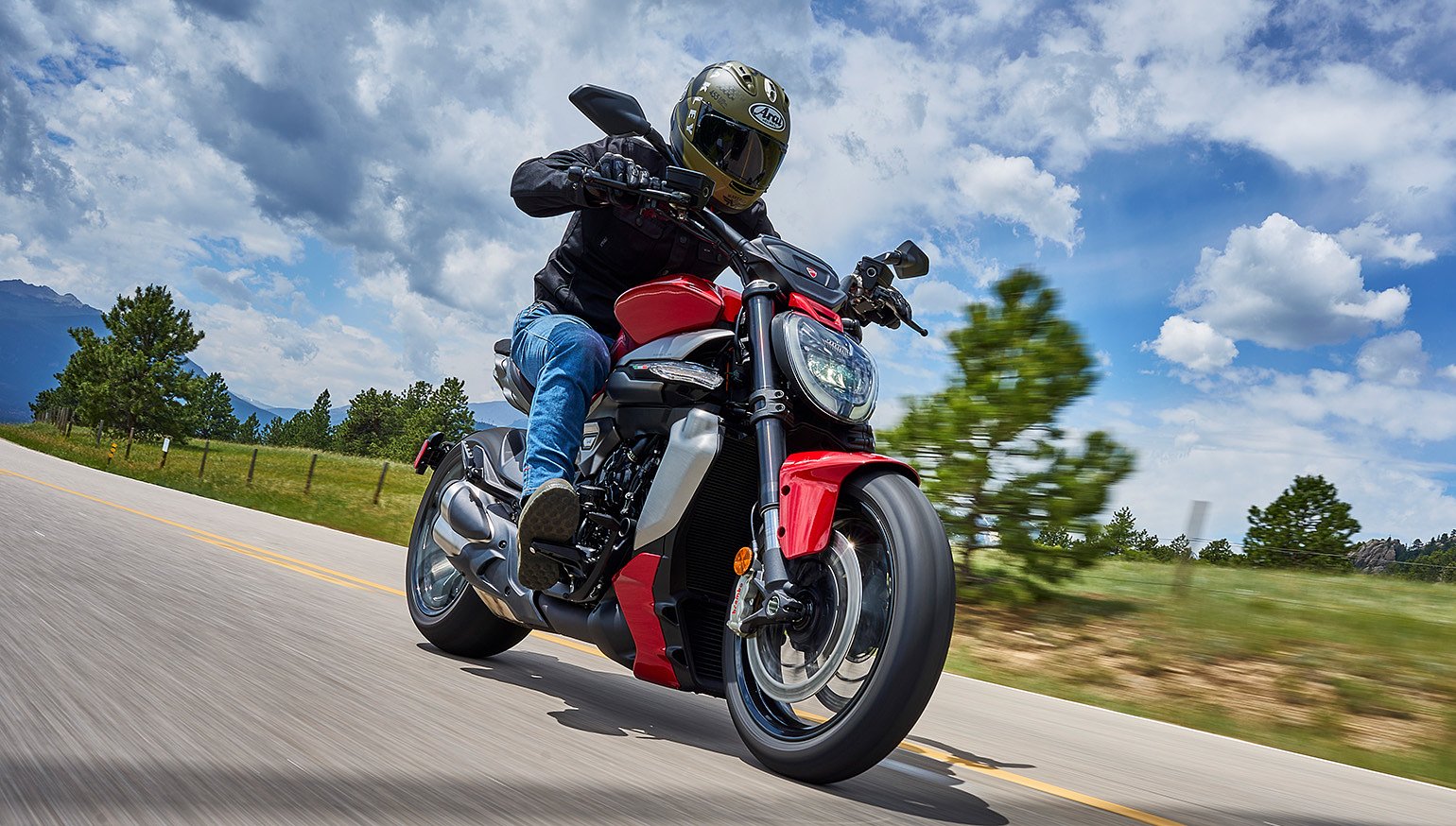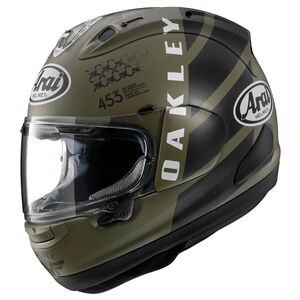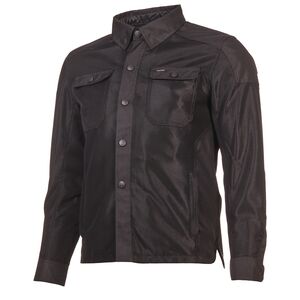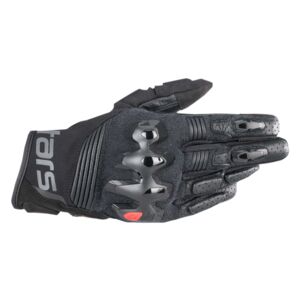“We know the XDiavel is not going to be for everyone,” admitted Ducati North America CEO Jason Chinnock.
His words bounced off metal, concrete, and glass, each syllable echoing through a conference room at Denver’s minimalist-chic The Source Hotel. It’s a statement that bears repeating, too. That’s because the XDiavel V4 beckons a very specific group of riders.
The Italian marque is well aware of that fact, with Chinnock identifying the targeted customer as “transitional Ducatisti” (a euphemism for aging Duc devotees) and “cruiser defectors.” The brand also understands that the number of “defectors” is small. It not only “knows that,” it’s also “comfortable with that.” It’s a bullish stance to assume, especially in the U.S. market.
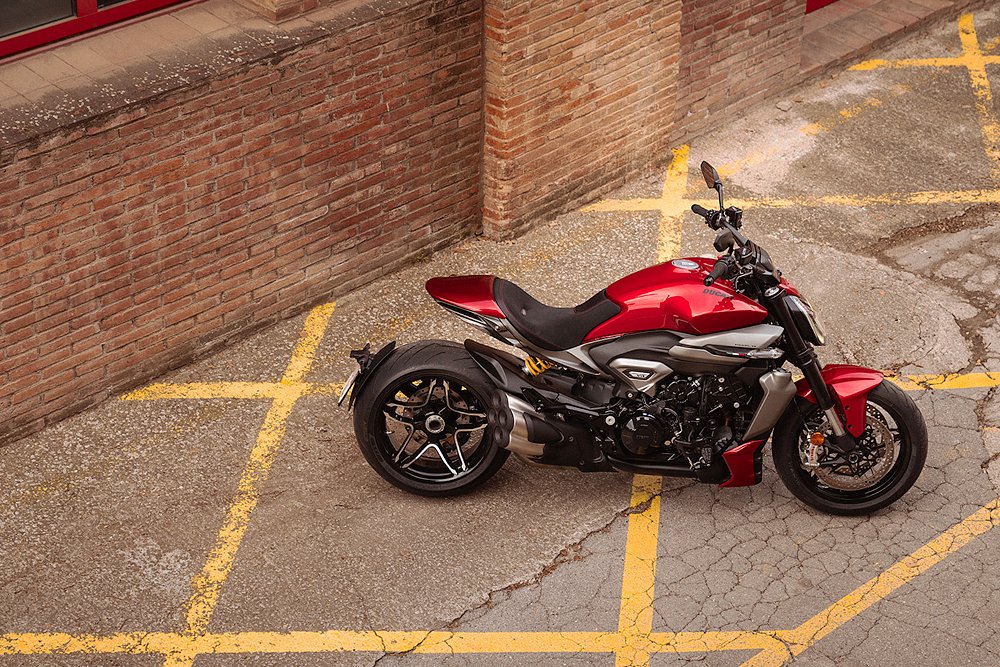
The XDiavel doesn’t look like an American-made cruiser. It doesn’t ride like one, either. That doesn’t mean it’s unsuitable for American roads. Ducati set out to prove as much when it booked the XDiavel’s North American press launch in Denver.
The Mile-High City isn’t just American, it’s uniquely American. It’s a place where gas-guzzling trucks and SUVs reign supreme. It’s also a place where baristas call out latte orders for girls named Gaia. It’s a little bit country, a little bit rock 'n' roll (of the psychedelic variety). It’s both traditional and unconventional. That’s something it shares with the XDiavel. The unique combination not only sets the model apart from its rivals but also its stablemate.
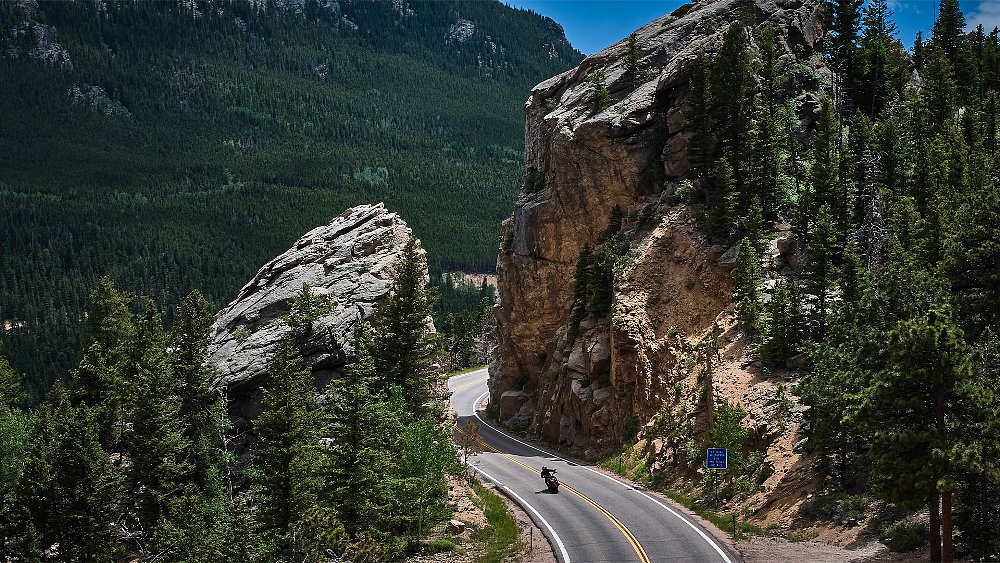
Diavel in the details
Ducati considers the XDiavel V4 its “sport cruiser.” It classifies the Diavel V4 as its “muscle roadster.” That’s an important distinction, even if the differences between the two models are slight. The Bologna factory rolled out the latest generation of its Diavel platform in 2023. Bound with a re-tuned version of the Granturismo V4 (that originally debuted in the Multistrada V4), the Diavel V4 pumped out a claimed 168 horsepower (at 10,750 rpm) and 93 foot-pounds of torque (at 7,500 rpm).
The four-pot powerplant wasn’t just powerful, it was practical, too. By shelving its Desmodromic valvetrain in favor of traditional valve springs, Ducati pushed the engine’s service intervals to 9,000 miles and valve checks to 37,000 miles. That same V4 is smack-dab at the center of the XDiavel V4. The bore, stroke, and compression ratio remain unchanged. There are no tuning tweaks to speak of. Even the gear ratios are maintained. The engine isn’t alone, either.
The XDiavel also inherits the Diavel’s swingarm, Brembo Stylema brake calipers, and fully adjustable suspension. Save for the X’s 6.9-inch TFT display (compared to the Diavel’s five-inch unit), the electronics package also carries over, which includes ride modes, power modes, and cornering-dependent rider aids. So, what’s the big difference, you ask? That all comes down to the dimensions and ergonomics.
The XDiavel features its own front monocoque frame, which modifies the steering head angle from 26 degrees (on the Diavel) to 29 degrees. That, in turn, extends the model’s trail to 4.9 inches (from 4.4 inches) and its wheelbase to 63.8 inches (from 62.7 inches). It’s that altered geometry that suits the XDiavel’s mile-logging ambitions. So do its ergonomics.
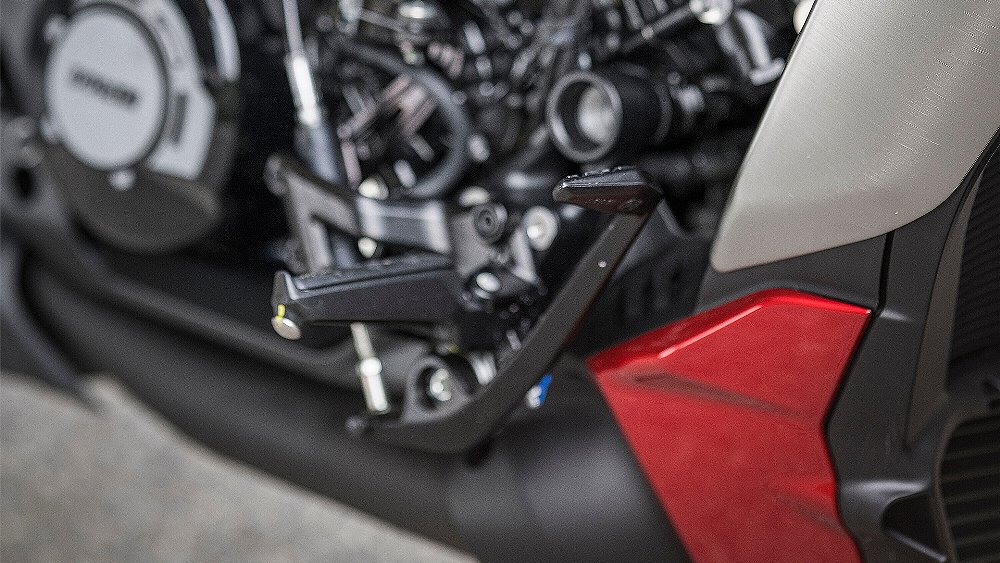
Many American-made cruisers opt for forward controls for one reason: a relaxed riding position. The XDiavel is no different. Although, it takes a less traditional approach. Retaining its sporty Ducati edge, the XDiavel features footpegs instead of floorboards. Mounting those footpegs up high emphasizes the cruiser’s cornering capabilities. As Chinnock stated, Ducati “didn’t want to compromise the [XDiavel’s] ability to perform and handle like a Ducati.”
Riders can shift the footpegs forward or rearward, with 0.8 inches between the three available mounting positions and the handlebar also promotes the relaxed posture. Compared to the outgoing model, the grips on the V4’s handlebar are positioned 0.6 inches lower and 0.8 inches closer to the rider. That sounds all good and well on paper, but it’s how those changes translate to the XDiavel’s riding experience that matters.
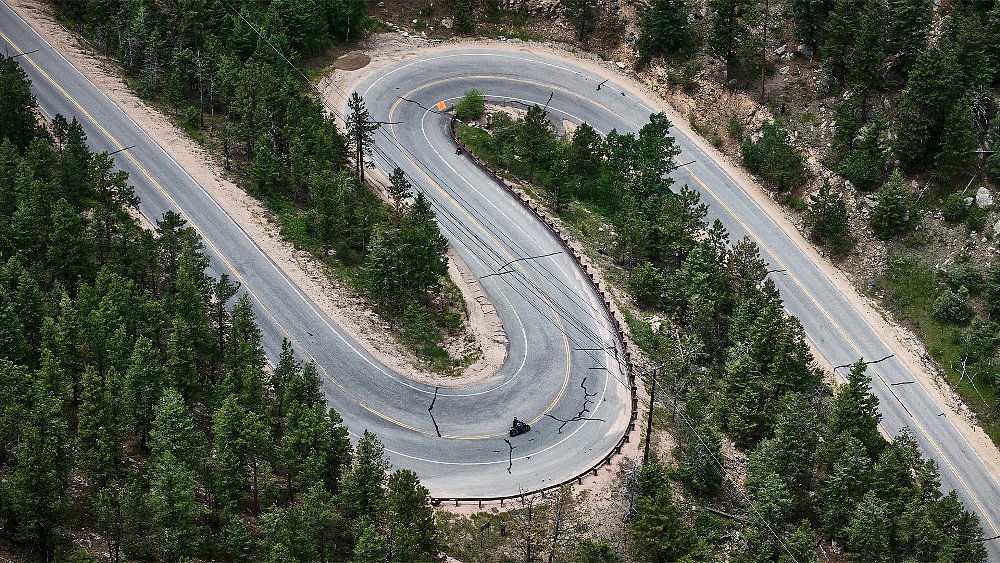
Best (feet) forward
It’s 9:30 a.m. The morning sun climbs higher into a partly cloudy sky. The sound of seven V4 engines idling fills the air, their twin-pulse exhaust notes reverberating through the hotel’s porte-cochère. The lead rider signals to the group with a nod. It’s time to roll. My fingers tug on the clutch lever. My foot reaches for the shifter, but it falls short, kicking nothing but air. “Hurry up, Dustin,” my conscience taunts, “everyone’s waiting on you.” I stretch my leg farther. It finally contacts the peg. I hurriedly shift into first and pull away. Smooth one, Dustin. Smooth.
I’ll just put it this way: I’m not a big fan of forward controls. Mids and rearsets are more of my speed. I initially attributed my faulty foot placement to that fact, but that doesn’t absolve the XDiavel of all responsibility. Prior to settling into the Duc’s saddle, I spent several weeks with Harley-Davidson’s Fat Boy. Not once did I miss the foot controls. Maybe that’s due to the Fat Boy’s floorboards. Maybe it’s because the XDiavel’s pegs are mounted so forward and high. Maybe it’s a combination of both. All I know is that I repeatedly missed the Duc’s pegs when pulling away from a stop.
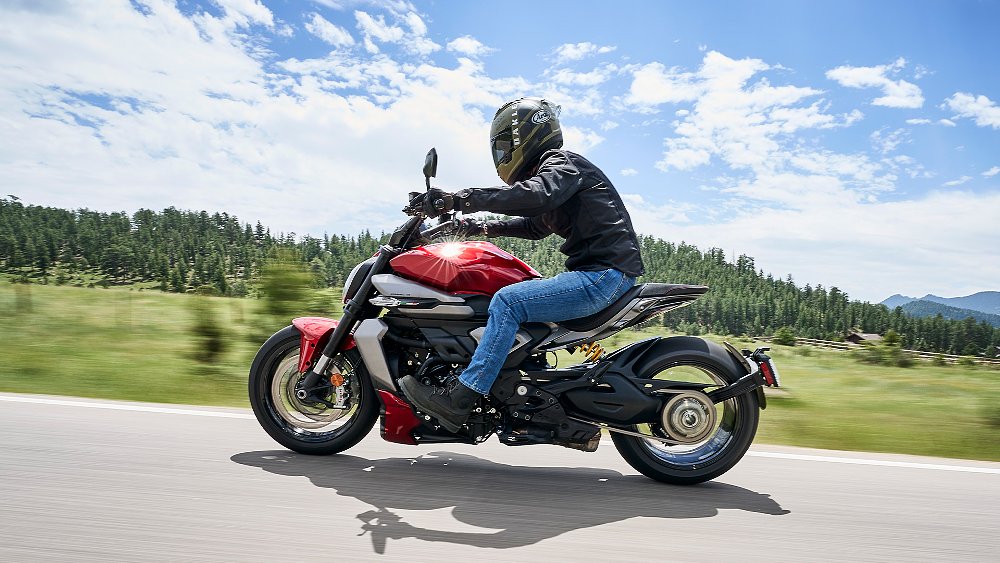
That’s not to say the seating position is wholly uncomfortable. My legs were extended forward, but my knees were still slightly bent. The bar swept back to me, but I was still hunched over the tank. The newly padded seat was welcoming, but it left no room to shift fore or aft. Most importantly, the setup locks the rider into a flying-V rider triangle, a position that often leads to a sore bum over the long run. At least my colleagues expressed as much, especially after we left the big city behind.
There’s a reason so many Denverites embrace the outdoors: They’re so easily accessible. A short highway jaunt, and our party of seven was riding amongst the mountains and meadows lining Highway 36. On my left, the North Saint Vrain Creek babbled over jagged rocks. To my right, a rocky ridge seemingly sprang out of the ground. The landscape was rough and rugged. So were portions of the road.
Long, icy winters can turn a crack in the road into a veritable pothole. I can only assume that’s what took place along stretches of Highway 36. The XDiavel’s suspension handles standard-issue bumps and cracks without as much as a shudder. It’s not impervious to harder kicks, though. You know, the kind that feel like they shift your internal organs upon impact. Those kind. I didn’t go dodging every pothole in my path, but I certainly avoided the deepest fissures.
Rolling over harsh bumps only called the XDiavel’s accommodations further into question. Ducati was quick to hail the model’s thicker seat and extra inch of rear suspension travel (compared to the XDiavel 1260). Those provisions only provided a modicum of relief. By midday, many of my colleagues expressed discomfort with the seat or riding position. Some complained about both.
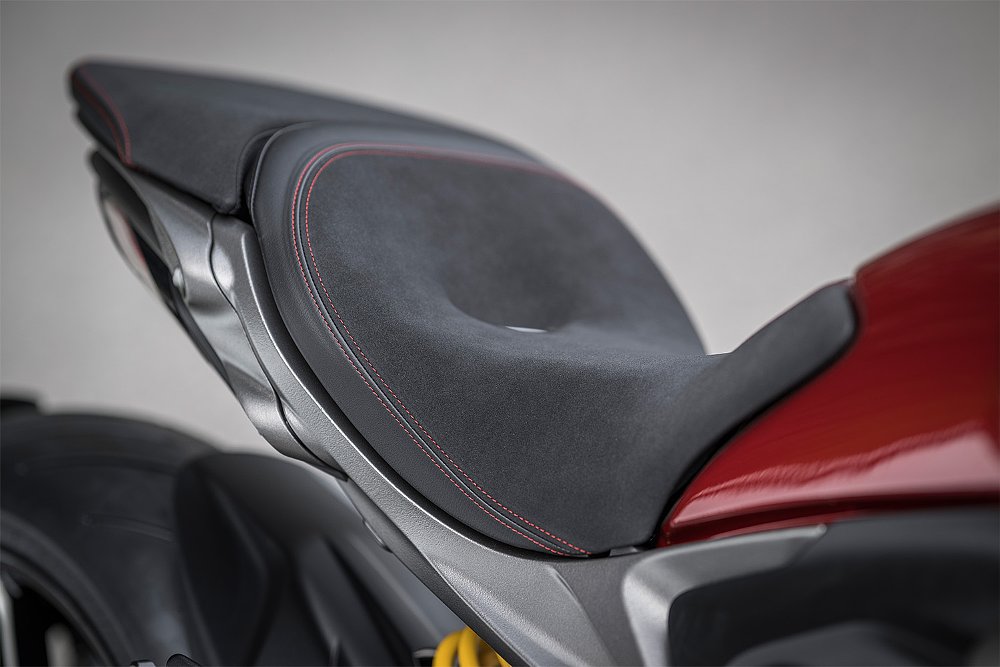
For context, I weigh 165 pounds (180 pounds fully geared up). Everyone else in the group qualifies for what Ducati’s Technical Director, Richard Kenton, called the “Clydesdale class,” meaning they all weigh over 200 pounds. I only mention that because my feedback alone isn’t representative of all XDiavel riders. I too faced backside and knee pain (oddly, isolated to my left knee), but only during the last leg of the route. When it comes to the XDiavel’s ergos, your mileage may vary. One thing that’s indisputable, though, is the model’s performance.
XDiavel’s playground
The crown jewel of the XDiavel V4 is its engine. It’s right there in the name. However, Ducati’s 1,158 cc V4 isn’t your customary cruiser powerplant. If you’re looking for the instant torque of its V-twin competitors, look elsewhere. What the XDiavel specializes in is mid-range and top-end power. That’s abundantly clear from 5,000 rpm all the way up to redline (just over 11,000 rpm). Throttle response is crisp and immediate within that range. Torque is plentiful. Power piles on as the revs climb. Unfortunately, the opposite is true at the bottom end.
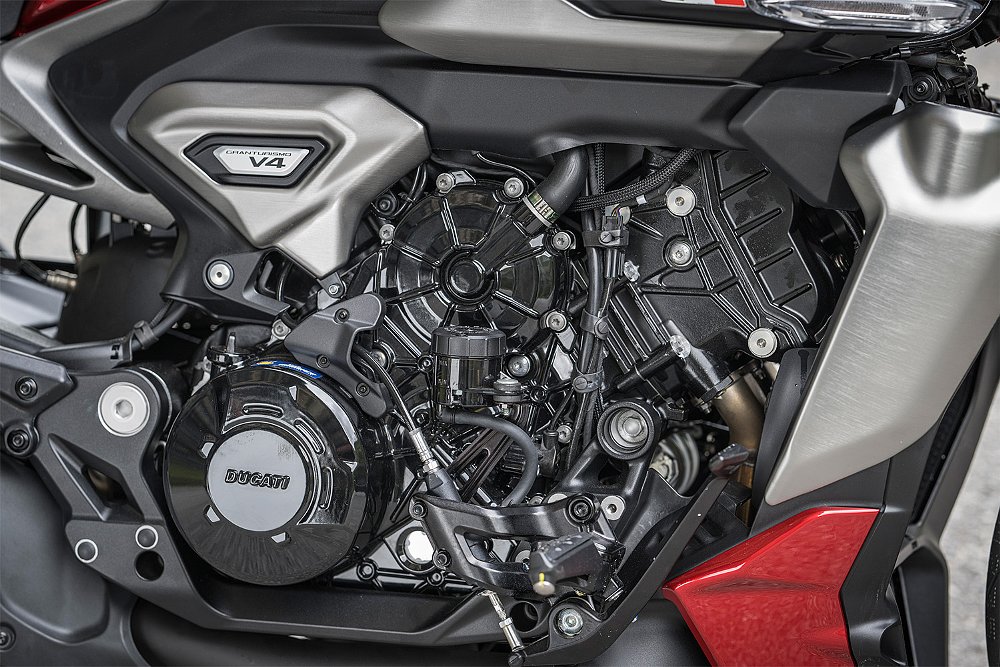
Like so many other bikes on the market today, the XDiavel performs best over 4,000 rpm. Let the revs drop under that mark and the cruiser quickly loses its sporty edge. Throttle response is delayed yet snatchy. Torque is meager. Power is a no-show. The XDiavel only regains its potency after it shakes, rattles, and rolls its way back up the tachometer.
Various qualities contribute to the XDiavel’s power curve, but chief among them is rear cylinder deactivation. Kenton explained that the feature is based on the bike’s current road speed, gear, and throttle position. For our purposes, it switches off the rear cylinder bank when revs fall below 4,000 rpm (only overridden when the throttle position is higher than 60%), explaining the model’s sluggish delivery in the low range. It’s easy to find fault with the extended deactivation system when viewing it through that lens, but it’s also worth recognizing its merits.
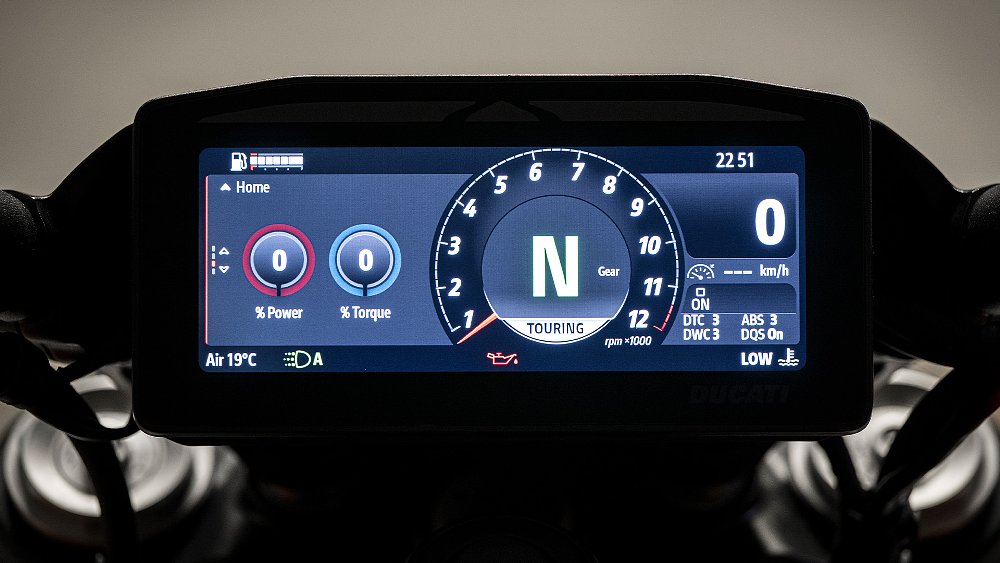
Ducatis are known for running hot. The same can be said of V4s. That’s where rear cylinder deactivation becomes an asset. The function doesn’t just reduce consumption, it also regulates the heat generated by the engine. It’s difficult to argue with the results, too. The engine threw heat onto my thighs and warmed up the seat, but neither was sweat-inducing. Granted, the daytime high never rose above 80 degrees (F), but it’s an impressive feat for a mill that regularly runs over 200 degrees (F).
Keep the XDiavel on the move and engine heat becomes a non-factor. That much was clear when ushering the Duc through the curves of the Peak to Peak byway. After riding the aforementioned Fat Boy, I was well acquainted with the turning limitation of a 240-section rear tire. Those restrictions don’t apply to the XDiavel. Not even the round profile of the Pirelli Diablo Rosso III tire can explain away the XDiavel’s handling. I’m convinced some form of witchcraft is at work here.
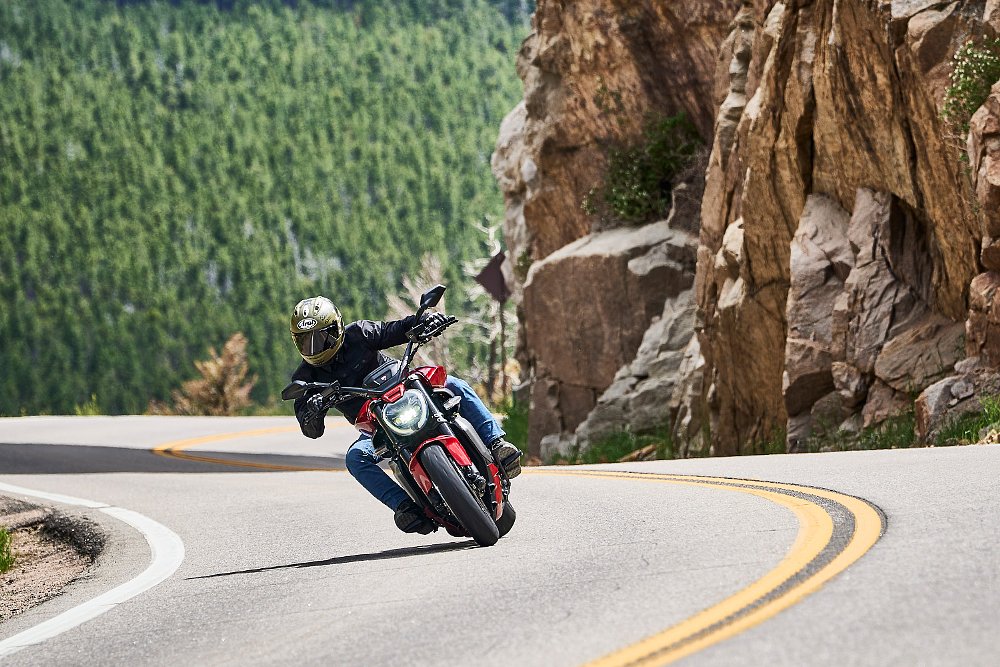
That’s due to the XDiavel being one of the most fluid-handling bikes I’ve ridden in some time. It doesn’t just handle well for a cruiser; it handles well for any motorcycle. No qualification is necessary. The only thing more surprising than its willingness to dive into corners is how precisely it tracks to the apex and exit. It even flips from side to side with alacrity. It’s like a bodybuilder with the footwork of a ballerina. Be it sweepers or S-curves, the XDiavel is at home when the going gets fast and the roads start winding. Those in the market for the sport cruiser should feel the same way.
The X factor
Ducati doesn’t build the XDiavel V4 for the cruiser masses. That’s according to the brand itself. It’s not a reflection of the model’s abilities, however. The XDiavel handles the rigors of the open road and canyon roads with equal efficiency. It may mimic the seating position of its V-twin foes, but it doesn’t ride like them. Therein stands the XDiavel’s highest hurdle.
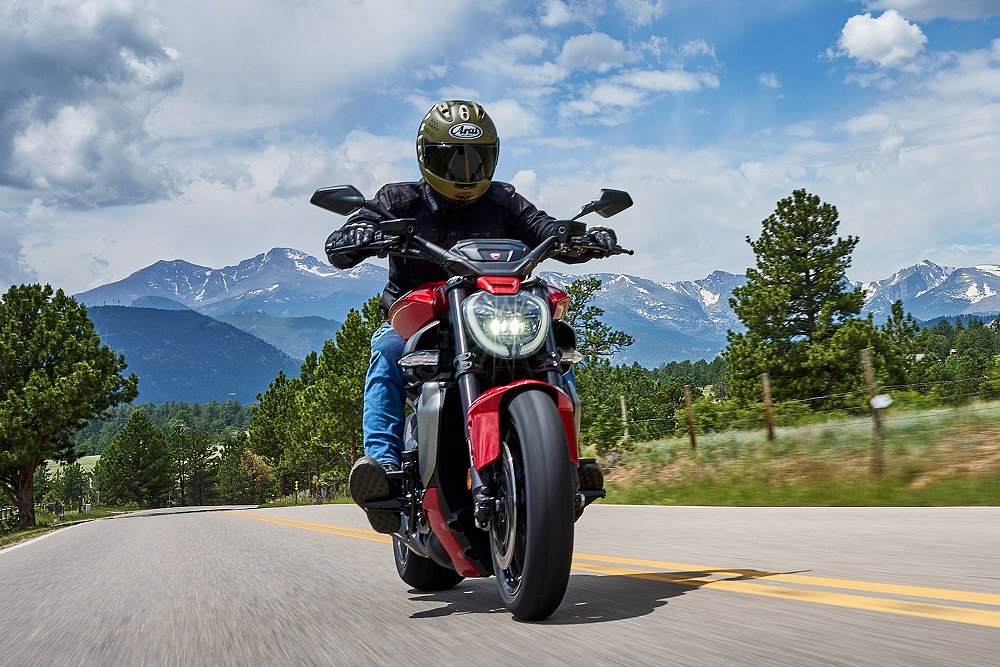
The V4-powered cruiser is an outlier in the segment. Low-end torque isn’t its strong suit. In fact, it ranks as one of the XDiavel’s weaknesses. The bike’s shapely but unorthodox styling can be another sticking point. Not all cruiser fans can look past those two qualities. But, the XDiavel customer fancies something different. Something that prizes both power and torque. Something that sticks out in the crowd. When it comes down to it, they want something that’s not for everyone.
| 2025 Ducati XDiavel V4 | |
|---|---|
| Price (MSRP) |
Burning Red: $28,995 Lava Black: $29,295 |
| Engine | 1,158 cc, liquid-cooled, 16-valve, V-four |
|
Transmission, final drive |
Six-speed, chain |
| Claimed horsepower | 168 @ 10,750 rpm |
| Claimed torque | 93 foot-pounds @ 7,500 rpm |
| Frame | Monocoque aluminum |
| Front suspension | 50 mm Marzocchi inverted fork, adjustable for preload, rebound, and compression damping; 4.7 inches of travel |
| Rear suspension | Sachs monoshock, adjustable for preload, rebound, and compression damping; 5.7 inches of travel |
| Front brake | Dual Brembo Stylema four-piston calipers, 330 mm discs, with ABS |
| Rear brake | Single Brembo two-piston caliper, 265 mm disc, with ABS |
| Rake, trail | 29 degrees, 4.9 inches |
| Wheelbase | 63.8 inches |
| Seat height | 30.3 inches |
| Fuel capacity | 5.3 gallons |
| Tires | Pirelli Diablo Rosso III, 120/70ZR17 front, 240/45ZR17 rear |
| Claimed weight | 505 pounds (without fuel) |
| Warranty | 24 months |
| More info | ducati.com |

 Membership
Membership

